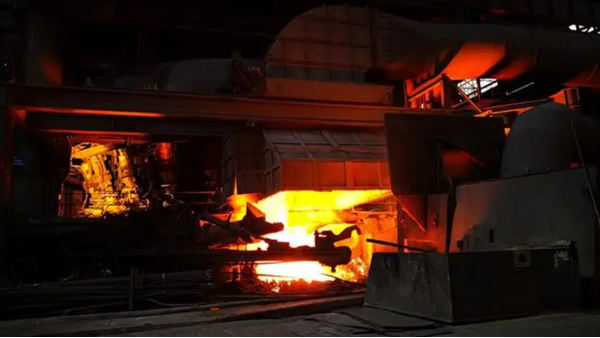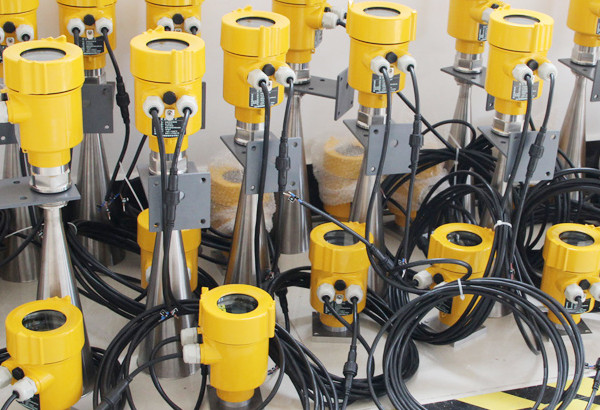The radar level meter is a commonly used material measurement instrument that accurately measures the height of the material and transmits the data to the control system for analysis and processing. Although the radar level meter has a high tolerance, it needs special attention when used in high-temperature environments. This paper will focus on how the radar level meter works under high-temperature conditions and explore its application with practical cases.

High-temperature environments can have a significant impact on the measurement accuracy of radar level meters, mainly because high temperatures can cause material expansion, which can affect the measurement results of the material. Under high-temperature conditions, the expansion of the material can lead to deviations in the measurement of the material height, thus affecting the actual consumption of the material. In addition, the high-temperature environment can also have an impact on the material properties of the radar level meter, such as reducing the life and stability of electronic components and mechanical parts.

How to use a radar level meter in a high-temperature environment? When a radar level meter needs to be used in a high-temperature environment, special materials, and treatments need to be selected to ensure stable performance. Usually high-temperature resistant materials such as steel and ceramics are used to make the measuring rod and antenna of the level meter. In addition, the circuitry of the level meter also needs to be specially protected from the adverse effects of high temperatures on the electronic components. For example, capacitor plates and inductors are protected from conductor corrosion caused by high temperatures.

Here are two real-life examples of material measurements done with radar-level meters in high-temperature environments. Case 1: Steel Industry A steel industry company uses radar level meters in a high-temperature environment to ensure that its steel slag is at the right height.
Since conventional level meters often fail at high temperatures, they chose a specially designed high-temperature radar level meter. This level meter is made of high-temperature resistant materials and protective measures that allow it to work consistently at high temperatures for long periods of time.
The level meter not only provided accurate material measurement data for the steel industry company but also improved production efficiency and reduced production costs.
Case 2: Chemical industry A chemical company needed to measure the liquid levels in their reactors, which are usually around 100 degrees Celsius. They chose to use a high-temperature-resistant radar level meter, which can work stably under high temperatures and hazardous gas environments.
With the accurate measurement of this level meter, the production process is more refined and reflects more accurate and realistic level information.
This not only improves the reliability of the process and system but also ensures the stability of the production process and improves the efficiency of the business.

In summary, high-temperature environments can have a significant impact on the measurement accuracy and stability of radar-level meters. In order to ensure the performance of radar level meters in high-temperature environments, it is necessary to select suitable materials and adopt special protective measures.
